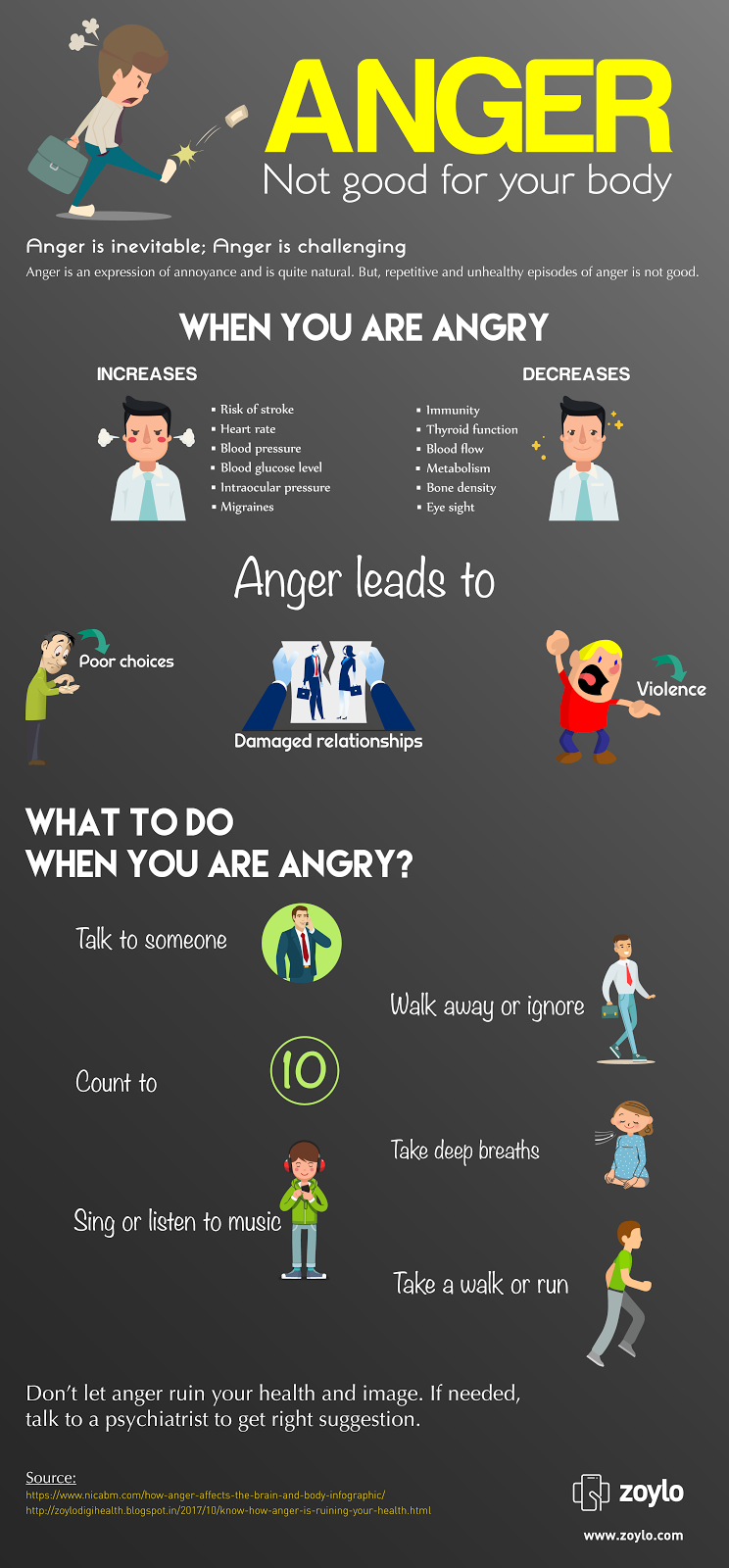How Are Addiction And Mental Health Related
How Are Addiction And Mental Health Related
Blog Article
Exactly How Do State Of Mind Stabilizers Work?
State of mind stabilizers assist to calm locations of the brain that are affected by bipolar disorder. These medications are most reliable when they are taken consistently.
It might take a while to discover the best medicine that works ideal for you and your medical professional will monitor your problem throughout therapy. This will involve normal blood examinations and possibly a change in your prescription.
Natural chemical policy
Neurotransmitters are a team of chemicals that control one another in healthy and balanced individuals. When levels come to be out of balance, this can result in state of mind conditions like depression, anxiety and mania. Mood stabilizers help to stop these episodes by helping manage the equilibrium of these chemicals in the mind. They likewise may be used together with antidepressants to enhance their performance.
Medications that function as mood stabilizers include lithium, anticonvulsants and antipsychotics. Lithium is maybe the most popular of these medicines and jobs by influencing the flow of salt through nerve and muscular tissue cells. It is usually used to deal with bipolar affective disorder, but it can additionally be valuable in dealing with other state of mind conditions. Anticonvulsants such as valproate, lamotrigine and carbamazepine are also efficient mood supporting medications.
It can take a while to find the appropriate sort of medication and dosage for each and every person. It's important to deal with your physician and take part in an open dialogue concerning exactly how the medication is helping you. This can be specifically valuable if you're experiencing any negative effects.
Ion network modulation
Ion networks are a major target of state of mind stabilizers and many other medications. It is currently well established that they are dynamic entities that can be regulated by a range of external stimuli. On top of that, the modulation of these networks can have a series of temporal effects. At one extreme, modifications in gating characteristics might be fast and instant, as in the nicotinic acetylcholine receptor/channel system. At the other end of the range, covalent alteration by healthy protein phosphorylation may result in modifications in network function that last longer.
The field of ion channel modulation is getting in a duration of maturity. Current researches have actually demonstrated that transcranial concentrated ultrasound (US) can stimulate neurons by triggering mechanosensitive potassium and salt networks installed within the cell membrane layer. This was shown by shared networks from the two-pore domain name potassium family members in Xenopus oocytes, and focused US significantly modulated the present streaming with these channels at a holding voltage of -70 mV (ideal panel, family member impact). The outcomes follow previous monitorings revealing that antidepressants affecting Kv networks control glia-neuron communications to contrary depressive-like actions.
Neuroprotection
State of mind stabilizers, like lithium, valproic acid (VPA), and carbamazepine, are crucial in the therapy of bipolar disorder, which is identified by recurring episodes of mania and clinical depression. These medicines have neuroprotective and anti-apoptotic homes that assist to avoid cellular damage, and they also enhance cellular resilience and plasticity in inefficient synapses and neural circuitry.
These protective actions of state of mind stabilizers might be moderated by their restraint of GSK-3, inositol signaling, and HDAC activity. Additionally, long-lasting lithium treatment secures versus glutamate excitotoxicity in cultured nerve cells-- a version for neurodegenerative problems.
Studies of the molecular and cellular impacts of mood stabilizers have actually revealed that these drugs have a large range of intracellular targets, including several kinases and receptors, in addition to epigenetic modifications. Further study is required to establish if state of mind stabilizers have neurotrophic/neuroprotective activities that are cell type or wiring specific, and exactly how these effects might match the rapid-acting therapeutic feedback of these representatives. This will certainly assist to develop new, much faster acting, a lot more efficient therapies for psychiatric health problems.
Intracellular signaling
Cell signaling is the process by which cells connect with their environment and various other cells. It entails a sequence of action in which ligands interact with membrane-associated receptors and cause activation of intracellular paths that control important downstream cellular features.
Mood stabilizers act on intracellular signaling through the activation of serine-threonine protein kinases, causing the phosphorylation of substratum proteins. This turns on signaling cascades, leading to adjustments in gene expression and mobile feature.
Numerous state of mind stabilizers (including lithium, valproate and lamotrigine) target intracellular signaling paths by preventing specific phosphatases or activating certain kinases. These effects cause a reduction in the activity of these paths, which causes a decrease in the synthesis of certain counseling services chemicals that can influence the brain and cause symptoms of clinical depression or mania.
Some mood stabilizers additionally work by improving the activity of the inhibitory natural chemical gamma-aminobutryic acid (GABA). This improves the GABAergic transmission in the mind and reduces neural task, thus generating a soothing result.